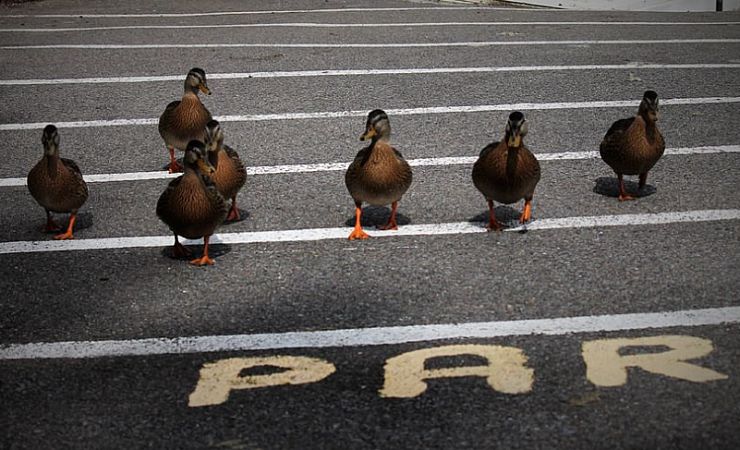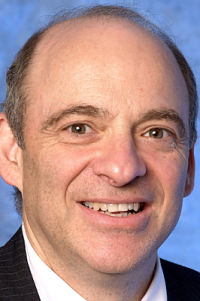Collective Leadership for Everyone in the Organization?
Today we hear from Joe Raelin, the Donald Gordon Visiting Professor of Leadership at South Africa’s University of Cape Town and the Knowles Chair Emeritus at Boston’s Northeastern University. Known globally for his work on action learning and a new paradigm for leadership he calls “leaderful practice.” Here he gives the backstory for his latest article in Management Learning which argues that democracy and hierarchy are inherently incompatible. His thoughts appear below the abstract of his paper.
We hear much about the “democratic ideal” as if it were unreachable within the walls of the organization. Of late, apologists have begun suggesting that there is no need to worry; democracy exists; it is just that it is often hidden from view right within the requisite hierarchical structure. Top managers are sharing their leadership roles with others in the organization. This provocation will take the opposite position that hierarchy and democratic leadership are predominantly incommensurate and that closer inspection would show that hierarchical conditions largely persist and that when democratic leadership occurs, it does so only with the conditional permission of those in control. The essay goes into detail regarding plural models of leadership, shows where they fall on the hierarchy–democracy continuum, and outlines how leaderful development might be able to prepare learners for real democratic experience.

In this INK blog I would like to share the primary reason why I wrote the current provocation, “Hierarchy’s Subordination of Democracy and How to Outrank It.” It is in some respects a follow-up to a prior provocation that appeared in Management Learning entitled: “What are You Afraid of: Collective Leadership and its Learning Implications.” In that essay I made the case that managers can safely endorse collective leadership, which I characterized as a co-construction of leadership by those involved in any undertaking. It is a dynamic process in which constellations of individuals freely assemble to contribute their knowledge, skill, and meaning to the task at hand. Especially in this era, we need everyone’s contribution as we work with and through ongoing and evolving practices to manage the “turning points” that can confront new challenges. Some of the responses to the article, however, surprised me by asserting that there need be no fear of collective leadership because it “already exists” within the hierarchy of organizations. This response made me feel that I was not firm enough in insisting on the call for pure democratic organization, and that such a form of organizing can occur without hierarchy.

My disputants insisted, nevertheless, that hierarchy and democracy need to co-exist. They argued that hierarchy permits and protects democracy and encourages its emergence when the conditions are right. Further, there are hybrid models that allow democratic organizing such as in cases of spontaneous collaborations and other formal and informal team formations. But make no mistake, emboldened by Michels’ “Iron Law of Oligarchy,” they insist that hierarchy represents the natural human construction for organizing and coordinating large groups of people. Any other form would be doomed to failure due to an anarchy resulting from negligent accountability and performance.
In the current provocation, I make the case that democratic organization can exist and be developed without hierarchical control. There is ample evidence across civilization and time that humans can self-organize without hierarchical structure. Workers are fully capable of governing their unit or organization to ensure its integrity and democratic order. Accountability for the organization can be collective when everyone watches out for each other and assumes moral responsibility rather than look to find fault or avoid blame.
Democracy is in reach therefore when inclusive practices reach a culmination of human flourishing in which people participate through their own exploratory, creative, and communal discourses. They are accorded a voice to shape their own organizational destiny. With participative voice comes an enhanced commitment to decisions made and a concomitant responsibility for outcomes. Work would not be orchestrated from the top of an organizational pyramid to be passed down a chain of command as much as it would be created through spontaneous and vigorous dialogue about the development of the organization. Being able to communicate one’s interests through critical dialogue free from coercion within one’s own community is the hallmark of a democratic order that in its creation relies upon the collective wisdom of its participants.






















































































